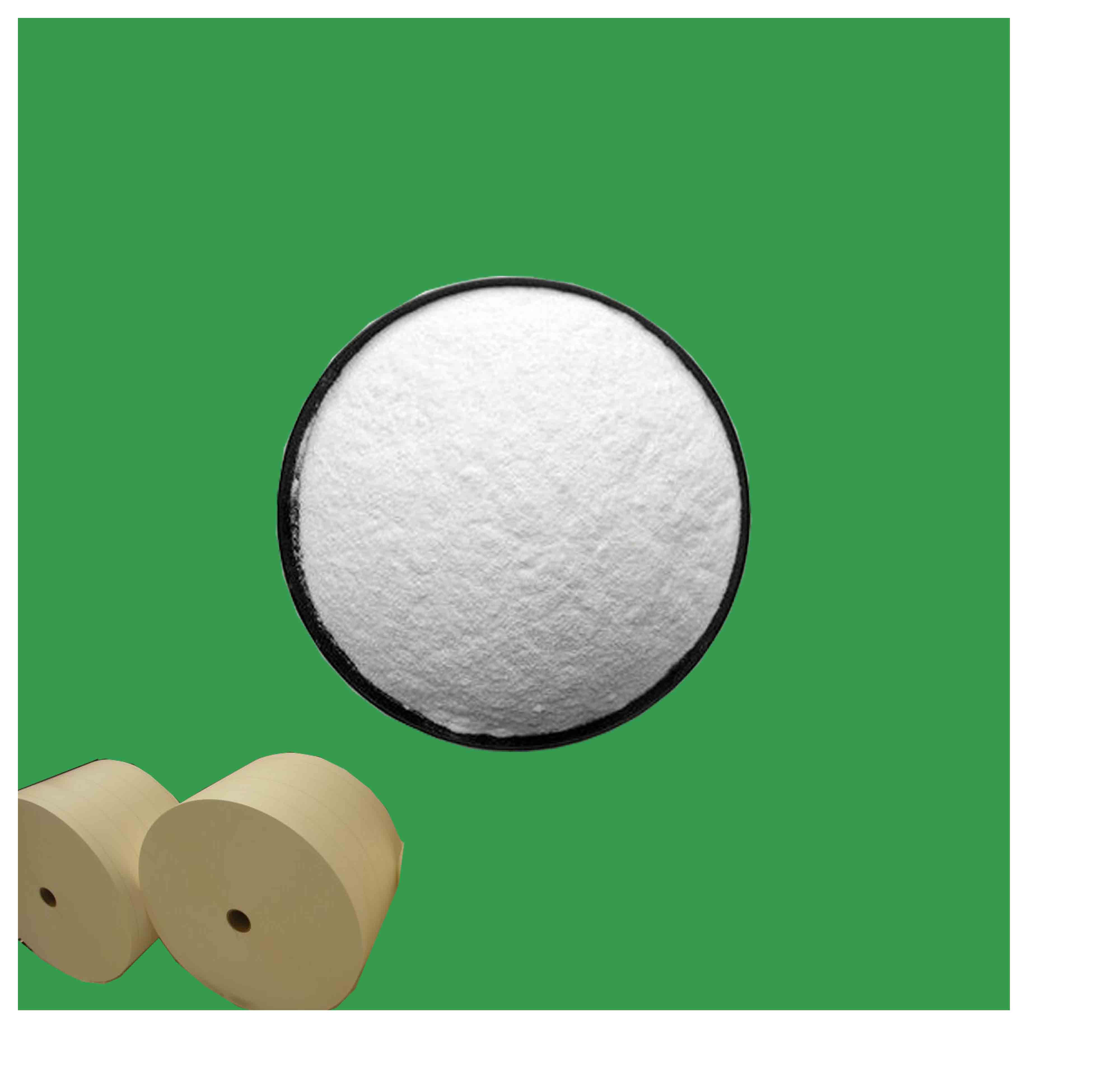
Nov . 25, 2024 04:07 Back to list
silver titanium dioxide
The Role of Silver-Doped Titanium Dioxide in Advanced Applications
Silver-doped titanium dioxide (Ag/TiO2) has garnered considerable attention in recent years due to its unique properties and wide range of applications. This innovative material combines the photocatalytic capabilities of titanium dioxide (TiO2) with the antibacterial effects of silver, making it a promising candidate for use in various fields such as environmental remediation, healthcare, and energy production.
Photocatalytic Properties
Titanium dioxide is a well-known photocatalyst, widely used for its ability to degrade pollutants under ultraviolet (UV) light. The addition of silver to TiO2 can enhance its photocatalytic activity by improving charge separation and reducing electron-hole recombination rates. This enhancement is critical because it allows for more efficient degradation of organic contaminants and pathogens in air and water.
The mechanism behind this enhancement involves the formation of silver nanoparticles on the surface of the titanium dioxide. When exposed to UV light, these nanoparticles can generate localized electric fields that help to trap excitons, facilitating their migration to the catalyst surface. This results in increased production of reactive oxygen species (ROS), which are essential for breaking down harmful substances. As a result, Ag/TiO2 can effectively remove pollutants, including dyes, phenols, and volatile organic compounds (VOCs), from wastewater.
Antibacterial Effects
In addition to its photocatalytic capabilities, silver is renowned for its antibacterial properties. Silver ions can disrupt bacterial cell membranes, leading to cell death. When incorporated into titanium dioxide, silver enhances the material's ability to combat bacterial infections. This is particularly beneficial in medical applications, such as coatings for surgical instruments, wound dressings, and hospital surfaces, where the spread of infections poses a significant threat.
silver titanium dioxide

Research has shown that silver-doped titanium dioxide can effectively reduce the viability of a variety of pathogenic bacteria, including E. coli and Staphylococcus aureus. The synergistic effects of photocatalysis and antibacterial action make Ag/TiO2 an ideal candidate for promoting hygiene and safety in healthcare settings.
Applications in Environmental Remediation
The environmental applications of silver-doped titanium dioxide extend beyond water treatment. Ag/TiO2 has potential uses in air purification as well. Its photocatalytic properties allow it to break down airborne pollutants and volatile organic compounds, contributing to cleaner indoor and outdoor air quality. Additionally, the antibacterial properties of silver help to minimize the spread of airborne pathogens, enhancing public health.
Moreover, the use of Ag/TiO2 is not limited to just pollutants. This material can also contribute to significant advancements in renewable energy. For example, it can be utilized in solar cells where its enhanced properties can improve light harvesting and conversion efficiencies. By integrating silver-doped titanium dioxide in photovoltaic systems, researchers aim to develop more efficient solar energy solutions that could facilitate the transition to sustainable energy sources.
Future Prospects
As we move into an era focused on sustainability and technological advancement, the importance of materials like silver-doped titanium dioxide cannot be overstated. Continued research is essential to optimizing its fabrication processes, understanding its long-term stability, and minimizing potential silver leaching into the environment. These considerations are vital for ensuring that the benefits of Ag/TiO2 outweigh the risks.
In conclusion, silver-doped titanium dioxide represents an exciting convergence of materials science and engineering that addresses several contemporary challenges. Its potent combination of photocatalytic and antibacterial properties opens up a broad array of applications ranging from environmental cleanup to healthcare. As research progresses, we can expect to see even more innovative uses for this remarkable material, further demonstrating its potential to contribute to a healthier and more sustainable world.
-
Premium 6618 Titanium Dioxide for GPT-4 Turbo Applications
NewsJul.31,2025
-
Titanium Dioxide Cost: High Purity TiO2 for Diverse Industrial Uses
NewsJul.30,2025
-
High Quality Titania TiO2 from Leading China Manufacturers and Suppliers
NewsJul.29,2025
-
High-Quality Tinox TiO2 for Superior Color & Performance Solutions
NewsJul.29,2025
-
High Quality Titania TiO2 from Leading China Supplier & Manufacturer
NewsJul.29,2025
-
High-Performance r6618 TiO2 for Superior Whitening and Versatility
NewsJul.28,2025
